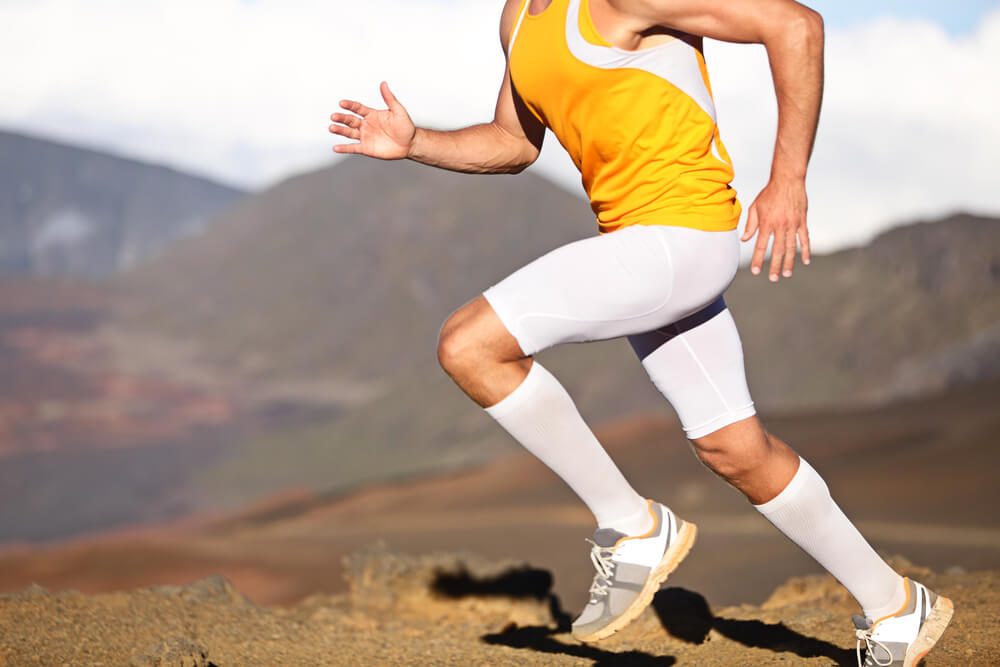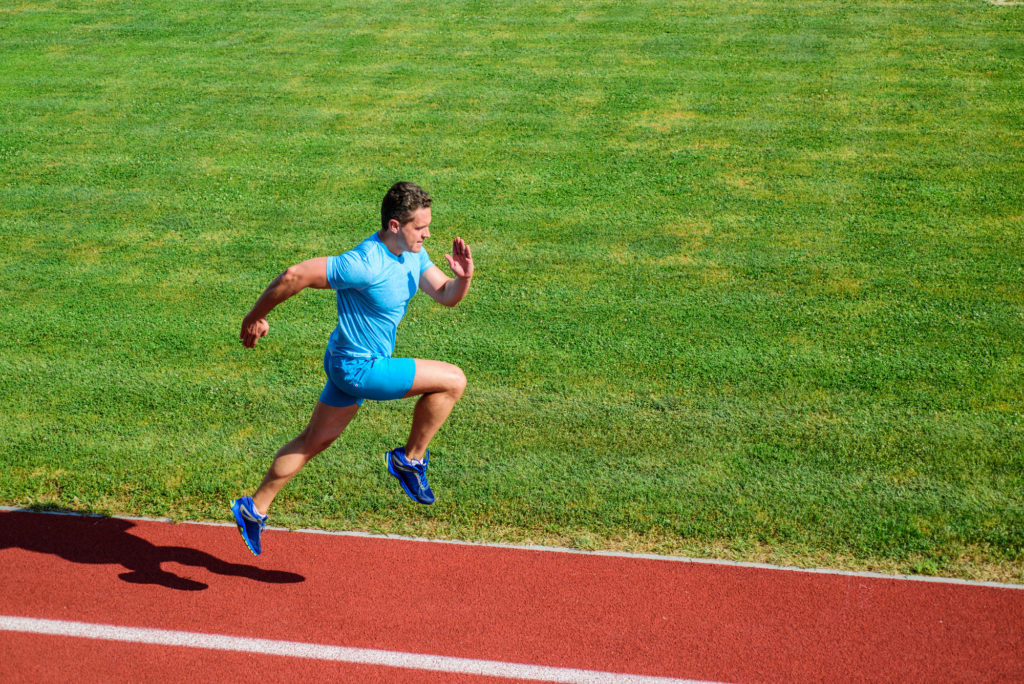Why do runners have skinny legs? Long-distance runners tend to have skinny legs because their bodies burn more calories than they consume.
If you have ever watched a marathon on TV, you have probably noticed that all of the runners have slender figures and wondered why runners have skinny legs. This is a side effect of their training habits.
When long-distance runners train for extended races, they burn a tremendous number of calories. Even though this means that they burn fat, it also means that the body has to burn muscle for energy as well. This means breaking down the muscle fibers in the legs, including the calves, and using them as a source of energy.
Contents
The Body Burns Muscle Fibers For Energy

The body has a defined way of breaking down different energy stores. First, the body will try to burn any sugar it has in the bloodstream. For example, if you drink a sports drink, you give your body a lot of carbs that it can immediately burn as a source of energy.
Then, the body will turn to other energy stores when that is gone. The body will start burning fat relatively quickly after you start running, as the available glucose will not last that long. Then, the body will begin to break down muscle tissue since muscle tissue is packed with protein.
If you run a long distance, the body will eventually have no choice except to break down muscle tissue. That includes the muscle tissue stored in the legs, contributing to the skinny legs of long-distance runners.
You may also be interested in our explainer on why do runners wear sleeves on their arms.
Short-Distance Runners Do Not Have Thin Legs
Even though long-distance runners have skinny legs, short-distance runners usually do not. If you look at the sprinters on TV, they probably look more like basketball players than long-distance runners. That is because sprinters need to have a tremendous amount of muscle tissue they require to generate the power to get down the track as quickly as possible.
For example, if you look at Usain Bolt, you will see that he seems relatively bulky for what you would expect runners to look like. He has a tremendous amount of muscle all over his body, including his legs. He depends on that muscle tissue to generate power to run as quickly as possible over a short period.
You might also like our guide on how runners train in the winter.
Running Can Burn Calories
Yes, running burns many calories, but it depends on how far you run and how hard you push yourself. You will generally burn approximately 100 calories for every mile you run. In addition, you will burn approximately 100 calories for every mile you walk.
The difference is that you will burn calories much more quickly if you decide to run, as you can cover more distance in a shorter amount of time. If you decide to run a mile, you may burn a few extra calories instead of walking that same mile because your heart rate is higher, but in general, it depends on the distance you travel.
In addition, if you increase the elevation, your body will have to work harder to travel that mile. As a result, you may burn some extra calories.
Can Running Get Rid Of Leg Fat?

You cannot target fat in one area and not another when it comes to exercise. So, if you lose fat, you’ll lose fat throughout your whole body, rather than one area – but remember, everyone holds their weight differently.
Another reason long-distance runners have skinny legs is because it’s more efficient to run if they’re not weighed down by fat or heavy muscle mass. So, you’ll notice these runners are slim overall.
With that said, if you want to make your legs look skinnier, you can do so by running. On the other hand, your ability to succeed in this venture will depend on the running you are doing, how often you do it, and whether you successfully achieve a calorie deficit. If you consume more calories than you burn, you will have a difficult time getting rid of your leg fat, so you need to watch your diet.
To make your legs look skinnier, you need to put yourself on a regular running schedule. For example, you may want to run five days per week. Then, you need to try to run long distances to give your body a chance to burn calories.
It is okay to maintain a slower pace, but as you get in better shape, you may want to increase your pace to burn more calories. This will put you in the best position possible to get rid of the fat you have around your legs.
You might also be interested in our explainer on is barefoot running healthy.



